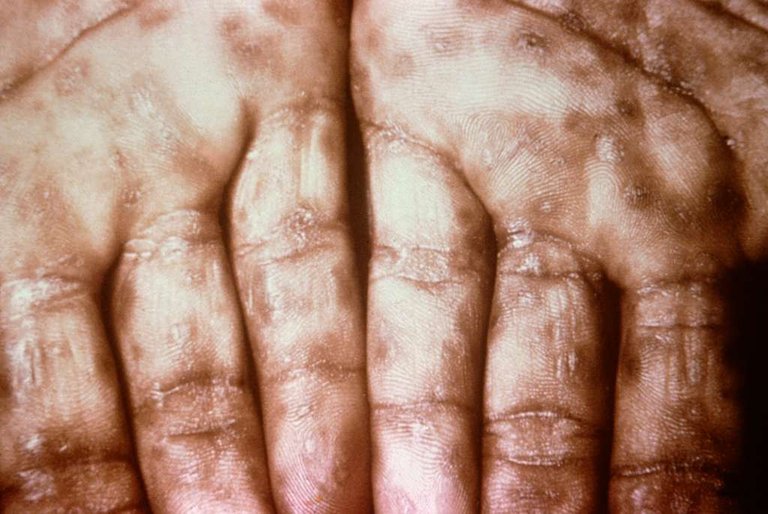Differentiating Myths from Fact about Sexually Transmitted Infection
Understanding Sexually Transmitted Infections (STIs) is crucial for anyone who is sexually active, whether through personal experiences, knowledge gained from others, or educational resources. Unfortunately, there are still widespread misconceptions and a lack of awareness surrounding STIs.
Many people remain unaware of how STIs are transmitted and treated, and some hold misconceptions that perpetuate stigma. For instance, the misconception that STIs are solely associated with poor hygiene is far from accurate. While engaging in unprotected sex with multiple partners without practicing safe sex measures can increase the risk of STIs, these infections are caused by pathogens like chlamydia, gonorrhea, genital herpes, hepatitis B, HPV, HIV, syphilis, Trichomoniasis, among others. These pathogens don't discriminate based on hygiene; they can infect anyone.
STIs can infect a person, while other STIs would still infect the same person. So, it is safe to say that a person can be infected with more than 1 type of sexually transmitted infection. Also, because one person is negative to STI doesn't mean that their partners are going to be negative to STI.
People with STI do not write it at the front of the head, so it is very difficult to confirm that people have STI by first look. Majority of STI can be asymptomatic, while some can take a long period of time before showing symptoms. So while some would have symptoms, some might not. Also, having an STI once doesn't make you immune from having it again. People can have STIs more than once even after treatment especially when it has to do with bacteria such as syphilis, gonorrhea and so on.
There haven't been any evidence to show that a person can get STI from a toilet seat because STI only spread through direct skin contact, mucus membrane and bodily fluid. These pathogens do not thrive well in non-living things. This doesn't mean that some STD cannot spread through non sexual contact such as through the use of unsterilized drug needles. They can also be transmitted from mother to child during child birth, breastfeeding, and blood transfusion.
Furthermore, not all STIs lead to infertility, though some can affect both females and males in this way. Common STIs include chlamydia, chancroid, pubic lice (crabs), genital herpes, hepatitis, trichomoniasis, gonorrhea, HIV, syphilis, molluscum contagiosum, HPV, and scabies. While not all STIs are curable, they are not death sentences. Curable STIs include syphilis, crabs, gonorrhea, chlamydia, and trichomoniasis. However, viral STIs such as herpes, HIV, human papillomavirus (HPV), and hepatitis B can be managed but are not curable.
People with symptoms can have painful or burning urination, pain or discomfort during sex, unusual or odd smelly vaginal discharge, lower abdominal pain, penis discharge, unusual vaginal bleeding, rash sore or bumps around the penis or testicles or vagina, and itchiness around the vagina.
There are a lot of misconception when it comes to Sexually Transmitted diseases, and addressing the misconceptions and increasing awareness surrounding them is critical in promoting safer sexual practices, reducing stigma, and ensuring individuals can access timely testing and appropriate medical care when needed. This post has also been able to help differentiate myths from facts when it comes to STIs.
Read More
https://www.who.int/news-room/fact-sheets/detail/sexually-transmitted-infections-(stis)
https://www.ncbi.nlm.nih.gov/books/NBK560808/
https://www.medicalnewstoday.com/articles/sexually-transmitted-diseases
https://www.ncbi.nlm.nih.gov/pmc/articles/PMC5389207/


Yay! 🤗
Your content has been boosted with Ecency Points, by @busted1.
Use Ecency daily to boost your growth on platform!
Support Ecency
Vote for new Proposal
Delegate HP and earn more
Thanks for your contribution to the STEMsocial community. Feel free to join us on discord to get to know the rest of us!
Please consider delegating to the @stemsocial account (85% of the curation rewards are returned).
Thanks for including @stemsocial as a beneficiary, which gives you stronger support.